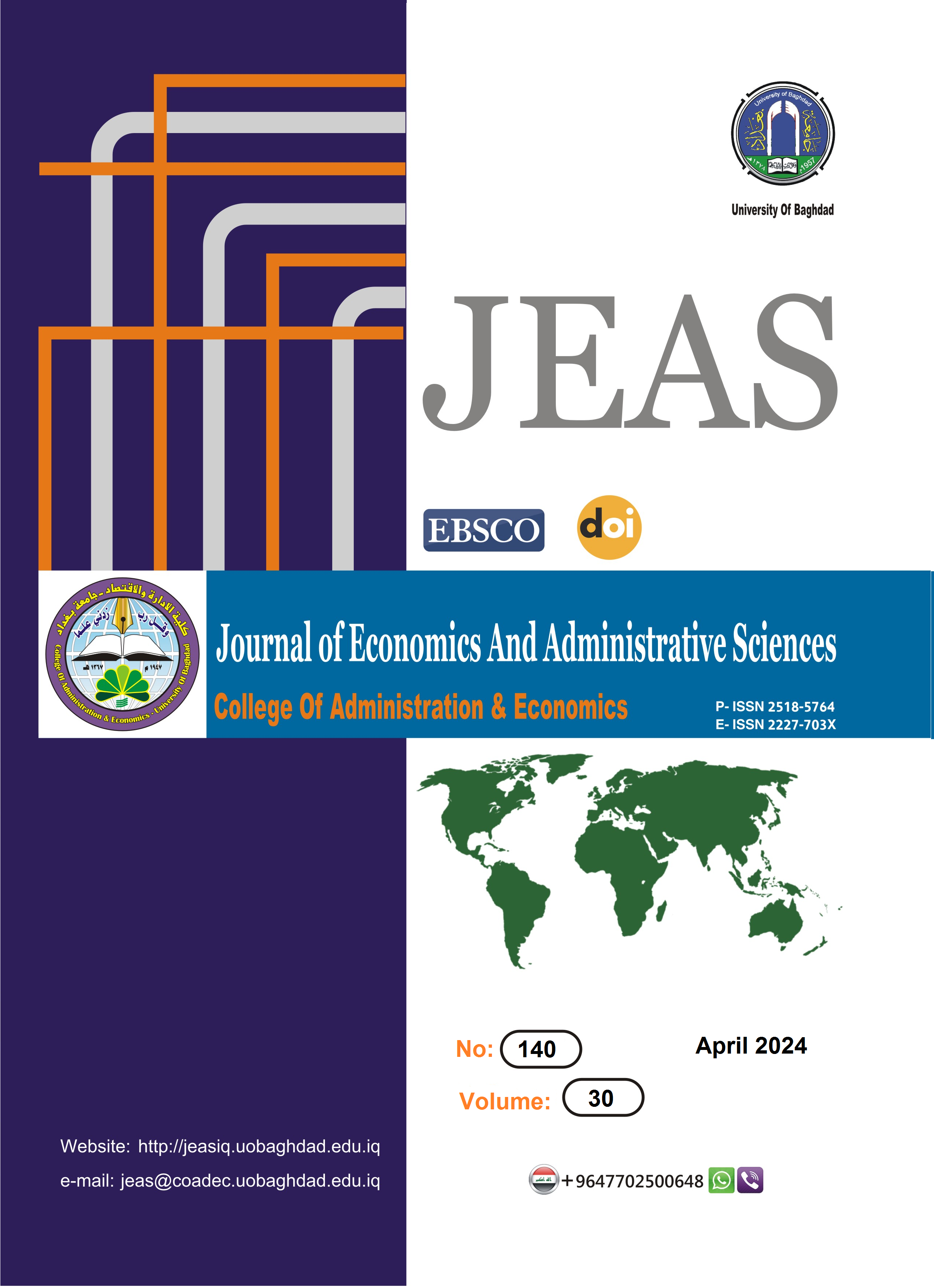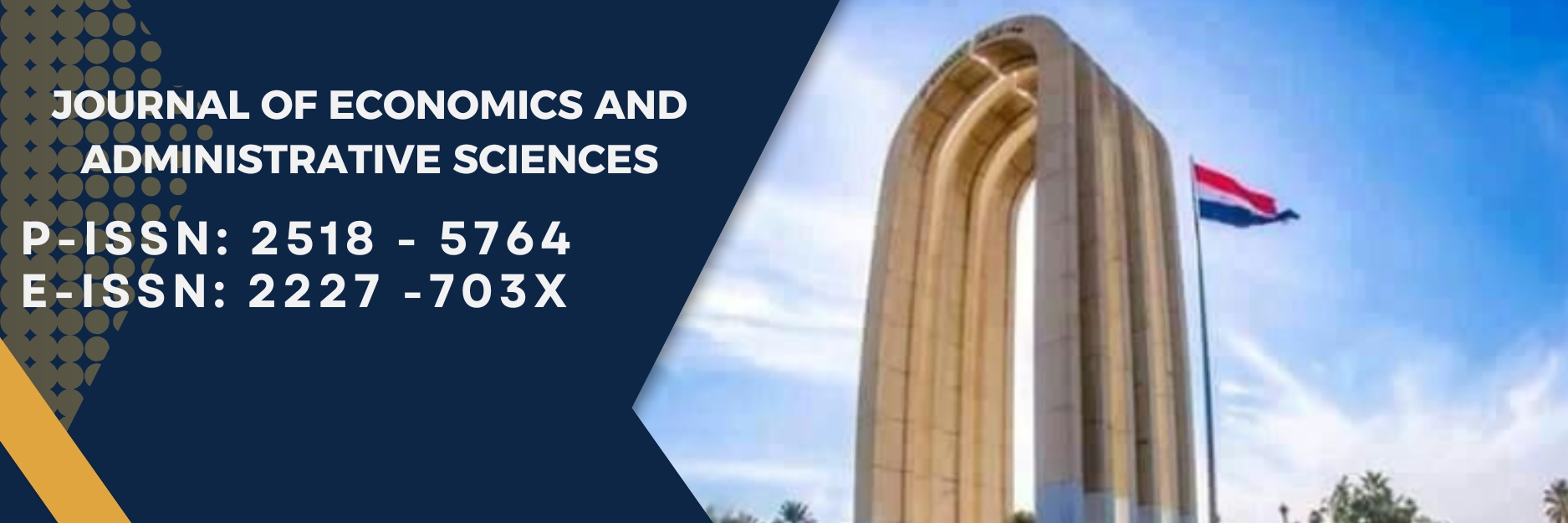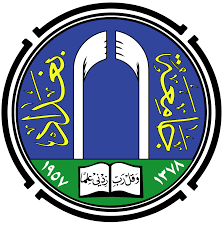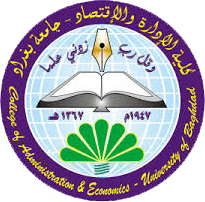The Effect of the Exchange Rate on Price Stability in Iraq from 2004-2022
DOI:
https://doi.org/10.33095/f15grq34Keywords:
: Exchange Rate, Price Stability, ARDL, Iraqi EconomyAbstract
This Paper examines how the exchange rate influences price stability in Iraq using the Autoregressive Distributed Lag (ARDL) method. Monthly data covering the period from January 2004 to April 2022 are employed, with the Consumer Price Index (CPI) used as the dependent variable and Exchange Rate (EX), Oil Prices (OILR), Money Supply (M2), Policy Interest Rates (IR), and Government Spending (GOSP) as independent variables. The ARDL bound test results confirm a long-run relationship between the exchange rate and price stability in Iraq; the results indicate that a more robust exchange rate is associated with higher price stability, emphasizing potential benefits from currency strength. The positive link between government spending and price stability suggests the stabilizing impact of fiscal policies. In contrast, the negative association between interest rates and price stability corresponds to expectations of reduced economic activity. Findings on money supply support the quantity theory of money, and the negative relationship between oil revenue and price stability highlights challenges associated with economic reliance on oil. The Paper offers valuable insights for policymakers, emphasizing the importance of exchange rate stability, economic diversification, and precise adjustments in monetary and fiscal policies to ensure sustained price stability in Iraq.
Paper type: Research paper.
Downloads
Published
Issue
Section
License
Copyright (c) 2024 Journal of Economics and Administrative Sciences

This work is licensed under a Creative Commons Attribution-NonCommercial-NoDerivatives 4.0 International License.
Articles submitted to the journal should not have been published before in their current or substantially similar form or be under consideration for publication with another journal. Please see JEAS originality guidelines for details. Use this in conjunction with the points below about references, before submission i.e. always attribute clearly using either indented text or quote marks as well as making use of the preferred Harvard style of formatting. Authors submitting articles for publication warrant that the work is not an infringement of any existing copyright and will indemnify the publisher against any breach of such warranty. For ease of dissemination and to ensure proper policing of use, papers and contributions become the legal copyright of the publisher unless otherwise agreed.
The editor may make use of Turtitin software for checking the originality of submissions received.

























